Site blog

|
|
|
|
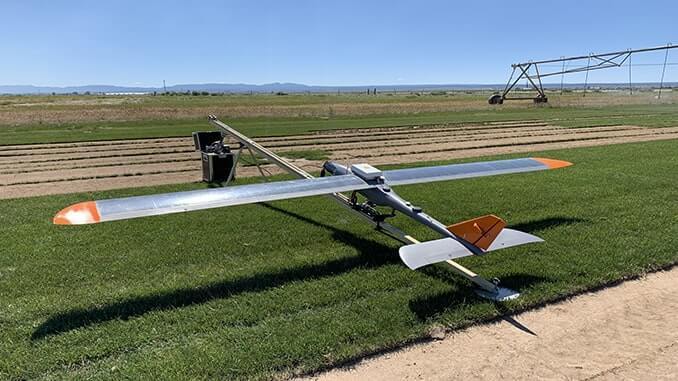
Silent Falcon UAS Technologies, a leading UAS service provider and manufacturer of the Silent Falcon™, a solar electric, fixed wing, Unmanned Aircraft System (UAS), is pleased to announce the introduction of the Silent Falcon™ EE or Extended Endurance model. The Silent Falcon™ EE incorporates the newest technological innovations in solar panels, battery and solar power conversion. Silent Falcon™ EE can stay aloft for up to 8 hours in day time, and 4 hours at night.
The communications capabilities of the Silent Falcon™ EE have also been upgraded by including three MIMO MANET radios at the Ground Control Station with the SF TriAntenna configuration. This configuration significantly increases connectivity, bandwidth and reliability. It also allows one of the radios to be used to be used to connect a remote site, such as a command center to the radio network.
This is an exceptional technological achievement for Silent Falcon™ as it continues to extend its mission set, expand its capabilities and perform more challenging assignments. The Silent Falcon™ platform has been successfully used in various Intelligence, Surveillance, and Reconnaissance; Search and Rescue and long-range border patrol missions across the globe; and in extreme environmental conditions while assisting the US Department of Interior in wildfire fighting operations. Its long-range, long-endurance attributes, as well as its portability and very small operational footprint proved to be key factors contributing to the success of these missions.
“We continually push the envelope bringing new and proven technologies to the Silent Falcon™ Unmanned Aircraft System, increasing its capabilities, reliability and applicability to diverse missions. The Silent Falcon™ is an open interface, open architecture modular system that was designed to easily integrate new technologies and capabilities once they have been proven in the field. The Silent Falcon™ EE is a great example of this —“ extended endurance with more robust solar power, and rock-solid communications for more reliable longer-range missions” said John W. Brown Silent Falcon’s™ Chairman and CEO.” We are flying the Silent Falcon™ EE now for our own UAS services customers and look forward to making it the new standard for long endurance, long range electric UAS”.
By Press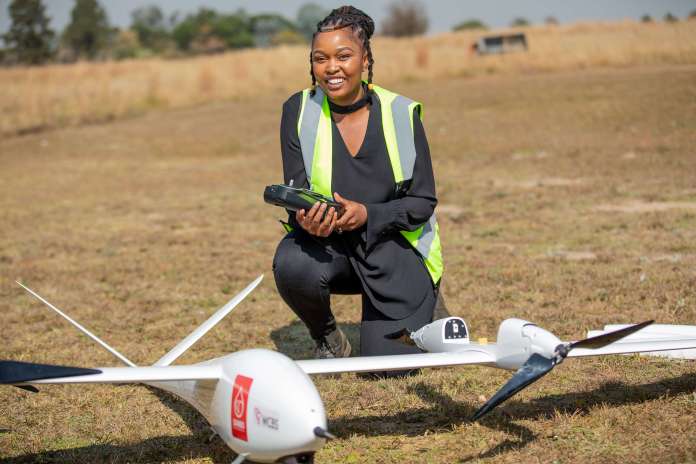
The South African National Blood Service (SANBS) and Western Cape Blood Service (WCBS) came together at the North Eastern Radio Flyers in Sandton to showcase how they intend to save more lives using drone technology.
The TRON Unmanned Aerial Vehicle (UAV) is a highly specialized aircraft that will be used to transport blood from blood banks to hospitals in remote areas. The TRON, like a helicopter, is capable of vertically taking off and landing. Once in flight, it switches into a highly efficient aircraft. In an emergency, blood can be delivered to hospitals much faster and more efficiently than ever before.
According to the SANBS, the TRON aerial vehicle will be a South African first, complementing the existing logistics infrastructure. It will continue to cement the not-for-profit organization’s place as a thought leader and a cornerstone of the healthcare system in SA through the gift of life.
“We believe that this is an innovative step in the history of blood transfusion. SANBS is determined to improve rapid access to life-saving blood products in rural areas through the use of drone technology. Our concept is globally unique in that we will provide two-way logistics; patients can receive emergency “O negative” blood from one of our blood banks via drone. The same drone can then take that patient’s blood sample to the blood bank for comprehensive cross-matching and then safely and rapidly deliver compatible blood back to the patient” says Dr. Jonathan Louw, CEO of the SANBS.
The WCBS say that this initiative is commendable and will indeed be instrumental in saving lives. “We celebrate a milestone. Our main aim as a blood service in the Western Cape is to save people’s lives by providing sufficient, safe blood. Drones will assist us to provide blood timeously to where it is needed,” says Dr Greg Bellairs, WCBS CEO/Medical Director.
By Press
As of June 1, 2019, new Transport Canada regulations apply to all remotely piloted aircraft (RPA) operating in Canadian airspace. Owners of RPAs (also known as drones or UAVs) must follow the requirements for operating their RPA in each class of Canadian airspace.
What you need to know
Airspace in Canada is classified as controlled or uncontrolled. If you plan to operate in uncontrolled airspace (Class G), you will need a Transport Canada Pilot Certificate – Basic Operations. NAV CANADA does not provide authorization for RPA flights in uncontrolled airspace.
If you plan to operate your RPA in controlled airspace (Classes C, D or E) you must have a
Transport Canada Pilot Certificate – Advanced Operations and
you must obtain a written
RPAS Flight Authorization from NAV CANADA,
by submitting an RPAS Flight Authorization Request.
In addition, all RPA pilots must comply with all applicable legislation, including Canadian Aviation Regulations.
Submitting an RPAS Flight Authorization Request
To submit an RPAS Flight Authorization Request, follow these steps:
- Determine the flight information region for your RPA flight. You will need this information for the authorization form.
- Complete and submit the online RPAS Flight Authorization Request.
- Once submitted, a reference number will be issued and used in any future correspondence relating to this request. The request will be sent to the appropriate NAV CANADA regional RPAS office for review.
- Depending on the complexity of your request, expect a minimum of 48 hours to 14 days for review. You cannot operate your RPA in controlled airspace unless you receive a written RPAS Flight Authorization from NAV CANADA. Failure to comply with legal requirements when flying an RPA, including failure to obtain an RPAS Flight Authorization from NAV CANADA before flying an RPA in controlled airspace, can give rise to serious penalties, including fines and jail time.
- Please ensure that you have proof of your RPAS Flight Authorization on hand at all times when flying your RPA.
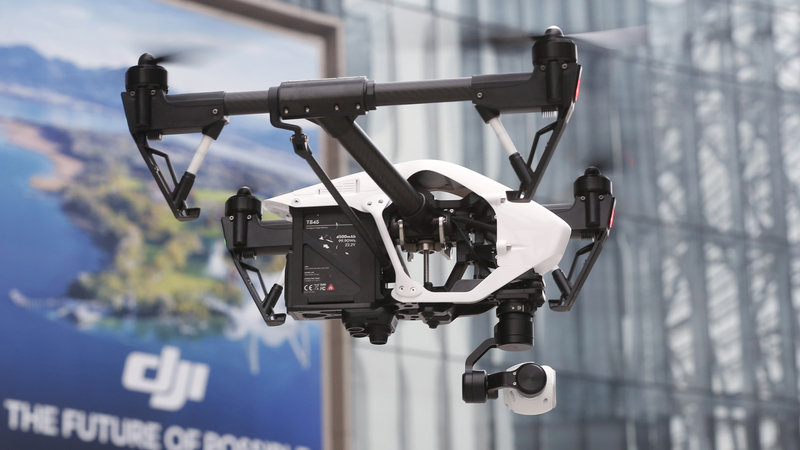
Drones have become an increasingly popular tool for industry and government.
Electric utilities use them to inspect transmission lines. Oil companies fly them over pipelines. The Interior Department even deployed them to track lava flows at Hawaii's Kilauea volcano.
But the Department of Homeland Security is warning that drones manufactured by Chinese companies could pose security risks, including that the data they gather could be stolen.
The department sent out an alert on the subject on May 20, and a video on its websitenotes that drones in general pose multiple threats, including "their potential use for terrorism, mass casualty incidents, interference with air traffic, as well as corporate espionage and invasions of privacy."
We could pull information down and upload information on a flying drone. You could also hijack the drone."
Lanier Watkins, cyber-research scientist at Johns Hopkins University
"We're not being paranoid," the video's narrator adds.
Most drones bought in the U.S. are manufactured in China, with most of those drones made by one company, DJI Technology. Lanier Watkins, a cyber-research scientist at Johns Hopkins University's Information Security Institute, said his team discovered vulnerabilities in DJI's drones.
"We could pull information down and upload information on a flying drone," Watkins said. "You could also hijack the drone."
The vulnerabilities meant that "someone who was interested in, you know, where a certain pipeline network was or maybe the vulnerabilities in a power utilities' wiring might be able to access that information," he noted.
DJI offered a bounty for researchers to uncover bugs in its drones, although Walker said Johns Hopkins didn't accept any money.
In a statement, DJI said:
"At DJI, safety is at the core of everything we do, and the security of our technology has been independently verified by the U.S. government and leading U.S. businesses. DJI is leading the industry on this topic and our technology platform has enabled businesses and government agencies to establish best practices for managing their drone data. We give all customers full and complete control over how their data is collected, stored, and transmitted.
"For government and critical infrastructure customers that require additional assurances, we provide drones that do not transfer data to DJI or via the Internet, and our customers can enable all the precautions DHS recommends. Every day, American businesses, first responders, and U.S. government agencies trust DJI drones to help save lives, promote worker safety, and support vital operations, and we take that responsibility very seriously. We are committed to continuously working with our customers and industry and government stakeholders to ensure our technology adheres to all of their requirements."
There are other, more covert, ways that foreign governments could obtain the type of information gathered by drones, said John Villasenor, a fellow at the Brookings Institution who teaches at the University of California, Los Angeles.
"[If] you fly a drone above a pipeline, there's a pretty good chance someone is gonna see it up there," he said, but "a spy satellite just takes a picture from 120 miles up or whatever. Then, of course, no one's going to know what happened."
This is not the first time the U.S. government has expressed concern over the use of Chinese-made drones. In 2017, the U.S. Army barred use of DJI's drones.
Villasenor said the government's concern over Chinese drones "is not new, although the fact that it has surfaced now may or may not be tied to these broader trade tensions which have flared up in recent months."
The Department of Homeland Security's warning about Chinese drones coincides with the Trump administration's campaign against tech manufacturer Huawei, which also coincides with the ongoing trade war between the two countries.
t also comes as officials are warning transit agencies in New York and Washington, D.C., against buying new subway cars made by a Chinese manufacturer.
Sen. Mark Warner, D-Va., along with the region's other Democratic senators, has introduced legislation prohibiting the Washington Metropolitan Area Transit Authority from buying the Chinese-made cars because of security concerns.
"A rail car might have a whole host of sensors [and] communication tools, and when that equipment is manufactured in China," Warner said, "and when that equipment sometimes can be upgraded on a remote basis in terms of a software upgrade, there are national security implications."
Underlying the tech concerns is the Chinese government's control over all Chinese companies.
"The Communist Party of China now has in their law the ability to interfere and take information from virtually every Chinese company," Warner warned. "And as long as that exists, that provides a whole set of vulnerabilities I think American business has to consider on a going-forward basis."
The bottom line, the Department of Homeland Security said, is that customers should be cautious when buying Chinese technology.
By Brian Naylor NPR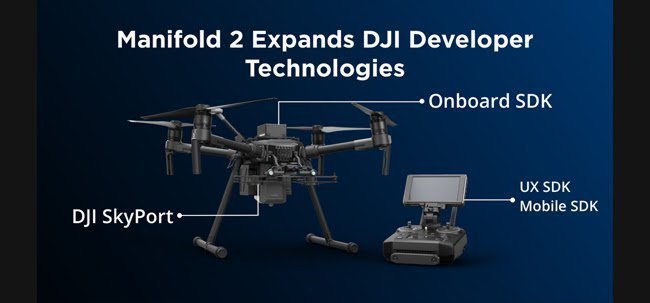
DJI, the world’s leader in civilian drones and aerial imaging technology, announced Manifold 2, an ultra-compact onboard supercomputer for DJI drones that enables the next-generation of autonomous aerial robotics solutions. With the additional compute capability of Manifold 2, users can process complex image data onboard the drone and get results immediately and can program drones to fly autonomously while identifying objects and avoiding obstacles.
Manifold 2 expands the use cases of drone technology exponentially by allowing businesses, developers and researchers to build the most advanced autonomous aerial robotics solutions for nearly any industry or task. It is now available for purchase through authorized DJI Enterprise resellers worldwide.
By Press
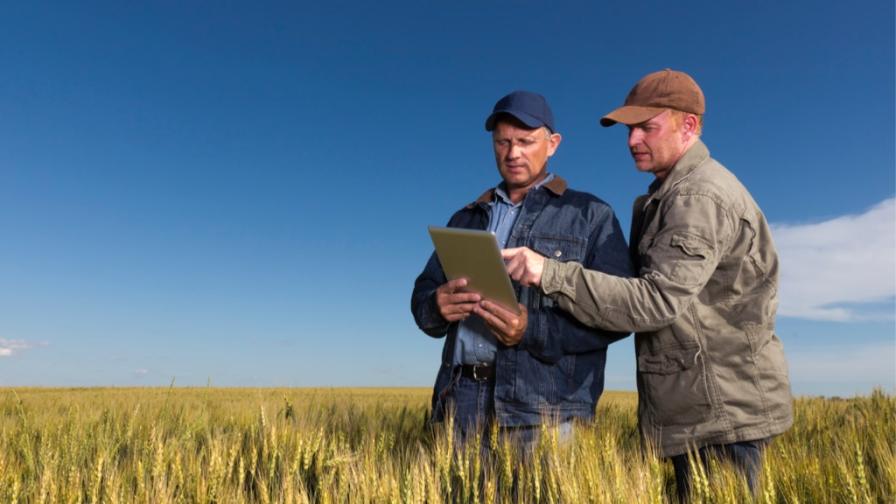
By Rémi Schmaltz While most industries have been using modern software solutions for years, the farming industry has been slower to adopt. Most farmers are still relying on paper and ink or at best, make use of spreadsheets and some type of general accounting software.
Why is this, when there are so many different agtech systems available? The answer may be just that – there are so many different agtech systems available.
Farming technology has come far in recent years and there is no longer any reason to shy away from embracing an FMS, as a good FMS will be streamlined and simplified.
And all those agtech systems can be confusing. There are some that provide traceability, others that focus on the growing process, and still others that specialize in crop marketing. Using several systems at once is a time-waster and increases the margin of error. What is needed is a complete farm management system (FMS) in one integrated platform.
A Complete Solution
There are only two ways to improve production: plant more acres of crop or increase the productivity of the land already in use. Embracing and integrating an FMS will enable farmers to achieve necessary production advances required to feed the world while finding efficiencies in productivity, traceability, and environmental stewardship.
Let’s look at some of the things a truly complete FMS should provide:
- Farm Management – to improve overall performance. This would include things like connectivity with the whole team for more efficient people management, the ability to see crop plans, a way to keep track of inventory and manage equipment records; even offline.
- Precision Agronomy – to increase yield, from soil testing to customized prescription field maps for seeding, chemical, and fertilizer.
- Crop Marketing – to grow farmer revenue. The platform should at least provide a custom crop marketing plan, margin and market tracking, and profit tracking and analysis based on the projected yield. Ideally, it would also provide things like market reports, hedge plan tracking, and training in these areas.
- Integration – to automate data collection. The platform should have numerous connections with sensors, hardware, and other software. The more API’s that the FMS has, the less data the farmer will have to enter and the more powerful the FMS will be for the farm.
- Service Providers – to allow the integration of trusted third-party service providers and their software. The platform should work with current, trusted service providers while enabling those service providers to be more efficient in the delivery of the services on the farm.
- Data Ownership – uncertainty around data ownership makes farmers wary about which company to work with. A high-quality, efficient FMS will communicate who owns the data and what ownership really means. Some platforms even revenue share with farms that opt to participate.
- Understanding of Agriculture – to know the ins and outs. This would include working with a company that has deep domain expertise in agriculture, really understands the challenges on the farm, and are passionate about making agriculture better.
- Empower the Farm – Farmers know their land the best and the FMS will help simplify insights into actionable decisions.
- Independence – Farmers want independent advice that is in their best interest and not connected to the sale of other products.
And speaking of training, a good FMS will also include one-on-one expert support and be open to farmer feedback and ideas on how to make the system even better.
The Future of Agriculture
Farming technology has come far in recent years and there is no longer any reason to shy away from embracing an FMS, as a good FMS will be streamlined and simplified. Modern farmers need not be forced to cobble together several systems, each specializing in different things and then try to keep them error-free. And the issue of connectivity on the farm is easily solved, with everyone having their own custom settings, alerts, and notifications.
FMS is an essential tool to help farmers meet market demands. The wealth of information it provides helps them to work smarter not harder, be more decisive and informed, and not left wondering over any component of the crops, business, market, or their employees.
For example, Decisive Farming is dedicated to increasing farmer’s profitability, sustainability, and technology ease-of-use by providing a single integrated farm management platform. Through strategic partnerships with leading distributors across the agriculture value chain like INTL FCStone and DTN, the platform has more than 5 million acres representing 1.5 billion in annual production and is being used on 40 different crop types in North America.
Take a Break from the Farm
Time is the most precious commodity we have. Yet, farming being the labor-intensive endeavor it is, farmers often must put in very long hours. But the right FMS can save valuable hours, freeing farmers up to spend more time on things they enjoy doing when not hard at work. Whether that be hunting, fishing, spending time with the family, or enjoying a beach vacation, everyone needs some R and R in order to recharge the batteries.
While even the most sophisticated, high-tech FMS on the market can’t solve every problem on the farm, utilizing one is a better and more efficient way to run an agricultural operation.
Plus, farmers and their workers can reap a bountiful harvest of benefits with the huge knowledge base, training, and support from the best FMS companies. More work can be done in less time because less time is wasted. From the initial planning to seeding, to market, and everything in between, a quality FMS can juggle it all with confidence.
The farmer can keep abreast of not only everything on the farm but the bottom line as well. With margin and market tracking, hedge plan tracking, market reports, and all things financial, farmers can enter the season with eyes wide open and continue to stay informed and on top of things.
More productivity. More time to enjoy life. Higher profits and peace of mind. The right FMS is a definite win for the farmer.
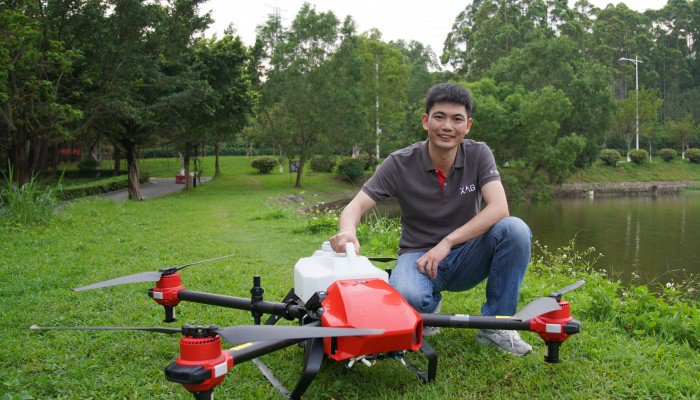
On a road trip through Xinjiang in 2012, Peng Bin saw how ageing farmers laboured in vast cotton fields with heavy tanks of pesticides strapped to their backs, spraying the chemicals without any protection.
“I could smell the acrid stench of pesticide from afar and I thought maybe my unmanned aircraft could help,” said Peng, 37, founder and chief executive of XAG, one of China’s biggest makers of agricultural drones. “At least drone spraying would limit the farmers’ exposure to the chemicals.”
It is also more cost-effective, an important consideration for the labour-starved agricultural industry in China. In general, a drone can do the same spraying job in 1/30th the time, and the more challenging the terrain, the more advantage a drone has.
Soon after the trip, Peng focused on producing drones for industrial use, instead of the consumer devices that hobbyists use to take holiday videos. That move proved prescient as demand for pesticide and fertiliser spraying soared with the decline in farm labour. Young people would rather work in factories, or wait tables and clean homes in big cities like Beijing and Shanghai, than toil in the fields.
For Peng, his chosen career marks a full circle of sorts for his family. Peng’s parents moved from the countryside to Sanming city in China’s southern Fujian province early on.
Peng himself was born and raised in the city. A computer science graduate from XiDian University in Xian, he worked for Microsoft for two years before starting a business in 2007 making consumer drones. He renamed the company XAG last year.
Boosting agricultural productivity is a top priority for China, which wants to lessen the country’s reliance on food imports. The government has set a target to produce 90 per cent of its own farming equipment by 2020, and the sector is one of the priorities in Beijing’s “Made in China 2025” strategic industrial plan.
Drone pilots in demand as China’s farmers age
Competition in agricultural drones is expected to heat up, with DJI, the world’s biggest maker of commercial drones, also identifying the sector for expansion.
The Shenzhen-based company sees its latest drones, including the Mavic 2 and Agras MG-1, as being squarely aimed at the industrial segment, which accounts for more than half of the global US$9 billion drone market.
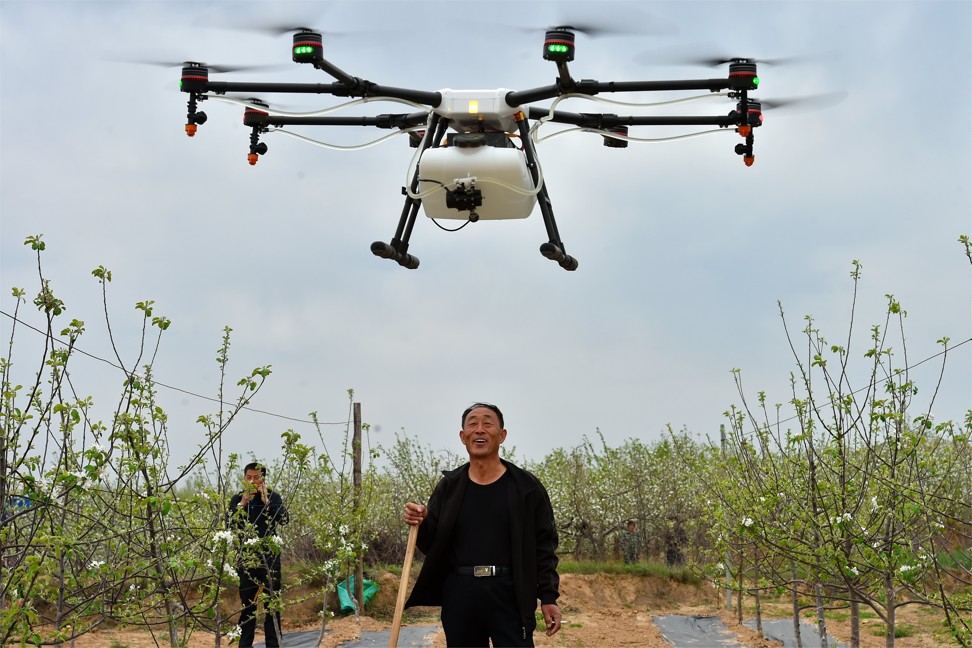
A farmer looks at a drone spraying pesticide in his field in Jixian County, north China's Shanxi Province, in 2017. Photo: Xinhua
“One of the key areas for the enterprise business is [the use of drones] in agriculture,” Bill Chen, DJI’s enterprise partnership manager, said in an interview in January. “As the world’s population keeps growing we have to find more hi-tech ways to meet the rising demand for food.”
To stay ahead of the competition, Peng is looking beyond China for markets for his agricultural drones. XAG is now in 22 countries and regions, though those markets remain small in terms of contribution to revenue.
Like the Xinjiang road trip, Peng recently undertook another long drive, this time across the US, to get a first-hand understanding of the market.
It’s official: drone pilots and pro gamers are now proper jobs in China
Last month, Peng flew to Los Angeles with co-founder Justin Gong, rented an Infiniti QX80 SUV and went from the wine country in California’s Napa Valley, through Nevada, Utah and Wyoming. They stopped at Kansas City and St Louis in Missouri before pushing on to New York.
During the eight-day drive, they visited farmers and showed them demo videos of XAG’s drones, like travelling salesmen. Peng said some farmers showed interest and asked where they could buy the drones or send them for repair. One farmer invited them to his land and asked if the drones could monitor the crops and help him save on water, he said.
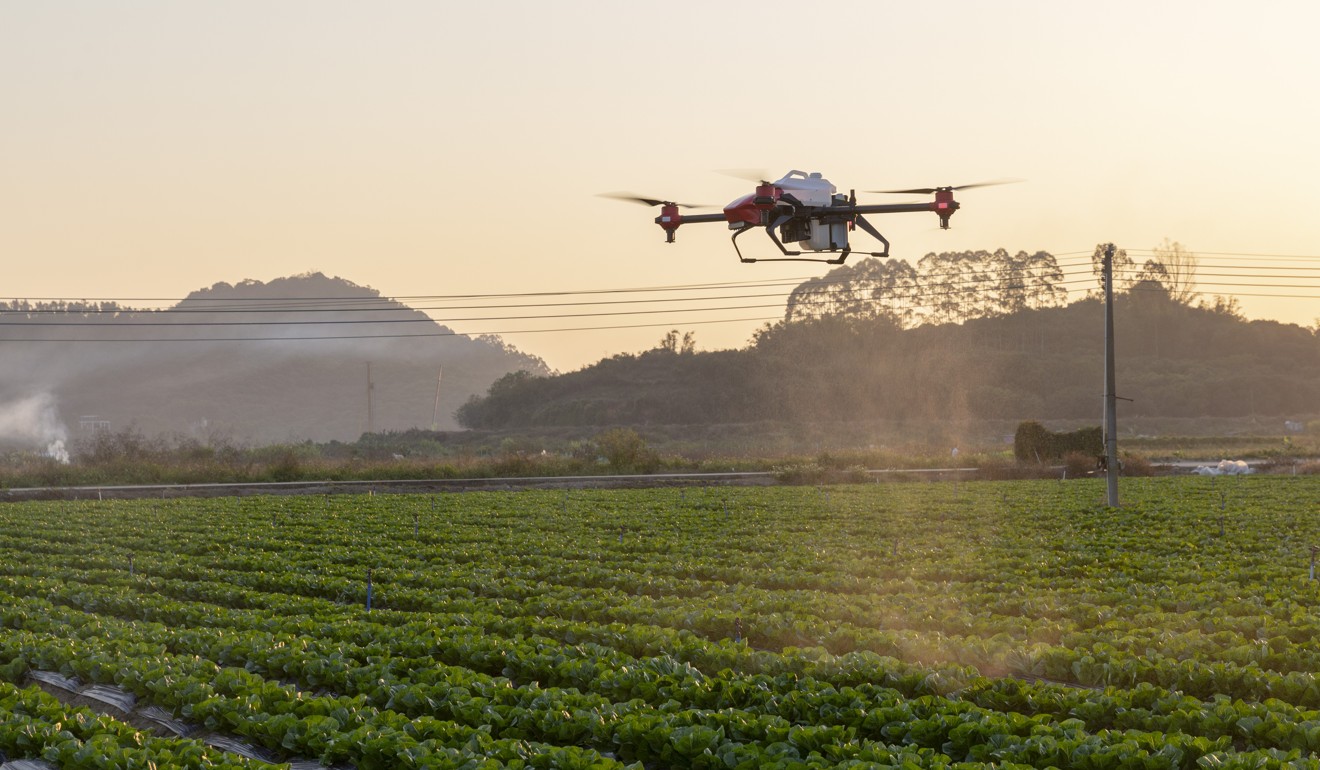 The drone maker is capitalising on China’s drive to boost agricultural productivity as the country seeks to lessen its reliance on food imports. Photo: Handout
The drone maker is capitalising on China’s drive to boost agricultural productivity as the country seeks to lessen its reliance on food imports. Photo: Handout“Great technology will benefit people globally no matter how competitive the two countries get with each other,” Peng said, when asked if the US-China trade war featured in his conversations with American farmers.
For now, the US is a small market for XAG, with China still accounting for 90 per cent of its revenue.
It’s official: drone pilots and pro gamers are now proper jobs in China
Besides drones, Peng plans to develop other agricultural technology. XAG is testing driverless mini tractors and robotic arms for picking fruit and tea leaves, and aims to introduce the products in 2021.
The ultimate aim, said Peng, is to reshape farming into a respected profession like medicine or engineering. The average annual disposable income of a rural resident in China was 14,617 yuan (US$2,443), or 37 per cent of a city dweller, according to the National Bureau of Statistics.
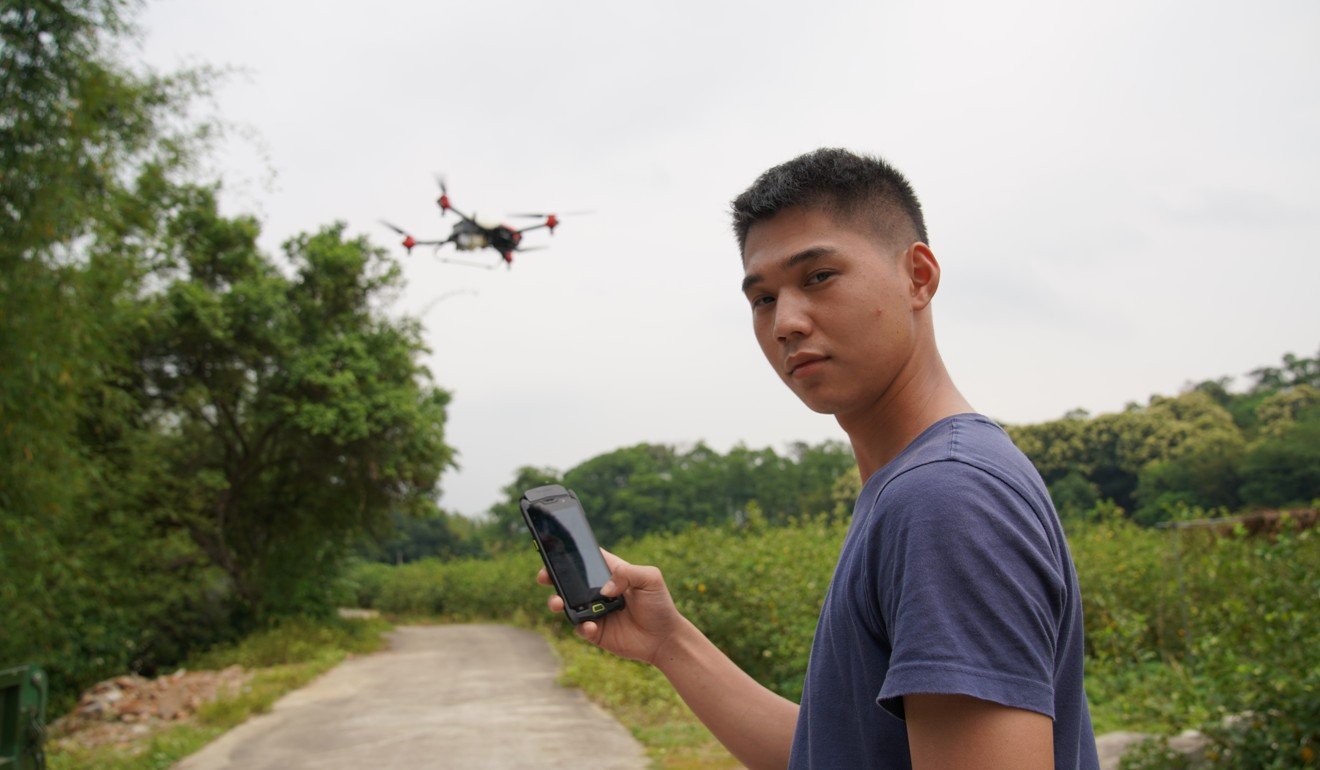 Demand for agricultural drones is rising because of labour shortages in China. Agricultural drones are used for crop monitoring as well as pesticide spraying. Photo: Lea Li
Demand for agricultural drones is rising because of labour shortages in China. Agricultural drones are used for crop monitoring as well as pesticide spraying. Photo: Lea LiPeng concedes it will take some time before China can erase the stigma of being a farmer in the country.
“Compared with overseas market like the US and Japan, our technology application into agriculture still lags far behind,” he said. “In the US, farmers have better lives than in China, from my observation.”
“Their farmland is well managed with technical equipment. The farmers are well-dressed and speak well. They seem to enjoy their lives more.”
By Celia Chen , South China Morning Post
Do you confuse knowing with Learning ? Knowing is remembering, not learning. Say that over and over to yourself. We watch our dentist , this doesn't make us able to perform root canals. We read Scientific American, but it doesn't make us a scientist. As Einstein said, "Any fool can know. The point is to understand."
When we learn something new, we tend to assume that it creates a permanent imprint in our brains. This is simply not true. It's critical to be aware that when trying to learn something new, you might not remember it for very long - therefore, allowing for reflection and time to practice retrieval will be essential.
To support our continuous learning efforts, we need to understand what holds us back in the first place. Are we trying to shove our learning into a time frame that cannot support our efforts?
One reason individuals choose online learning is so that they can earn an education entirely online without travelling to a college campus or attending classes at fixed times
Pacing
Many online education programs allow pupils to work at their own pace. Some students don't mind following the pace of a traditional course with the rest of the students. But, others become frustrated as they feel bored with slow-moving instruction or feel overwhelmed with material that they don't have time to understand. If working at your own pace is important to you, look no further, we offer flexible start and finish dates.
Savings
Our Online education programs are more affordable than in class room schools.
Open Scheduling
Online education allows professionals to continue their careers while working towards higher learning. Many career-oriented adults face a similar challenge: they need to keep their current position to stay relevant in the field. But, they need to further their education to go further. Online education can help solve both concerns.
Last year in 2018 at Clarion Drone Academy, we had over 17,114 hours of online student learning time.
Things to keep in mind as you plan your education for 2019
- Practice skills regularly -- even the skills we use consistently. There's always a better way.
- Carve out time to learn -- time that is sacred, time that is uninterrupted.
- Realize we aren't as smart as we think we are. Work your brain; don't just stuff it full of information that is untested.
Continuous learning takes effort!
So, get out of your own way and learn something new today.
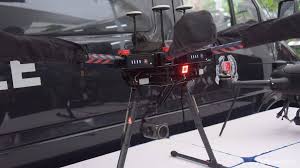
The one-year pilot programme is one of the high-tech law enforcement measures SPF is rolling out to enhance its operational effectiveness and become a “smart force”, it said in a briefing on Wednesday (Apr 10) for this year’s Police Workplan Seminar.
These vehicles, called the Sky Aerial Response Command (Sky ARC), will each carry up to three drones.
Other incidents in which the drones could be used include tracking suspects across a large area, such as a forest. The drones are equipped with thermal imaging and can detect human presence.
The drones, which can fly to an altitude of a few hundred metres, will feed information and transmit images back to an integrated command and control system, said SPF.
In response to concerns about privacy, SPF said that the drones come with sirens and markings to make their presence clear to people in the area.
In addition, SPF will comply with existing government data storage and privacy policies.
Speaking on how the police intend to deal with privacy concerns, director of planning and organisation Assistant Commissioner Daniel Tan said: “It’s a matter of the trust we have with the public, and this is something we don’t take for granted.
“(This is) something that we have to emphasise to our officers and continue to have the systems and structures in place so that (there is) the trust with the public,” he added.
 For most farmers and rural businesses, a Basic Certificate will suffice. It will allow you to fly only in uncontrolled (Class G) airspace and at least 3 nautical miles (5.6 km) from certified airports / 1 nautical mile (1.9 km) from certified heliports. Not sure what that means for you? Well, there's a new tool for that too: the NRC has created the
For most farmers and rural businesses, a Basic Certificate will suffice. It will allow you to fly only in uncontrolled (Class G) airspace and at least 3 nautical miles (5.6 km) from certified airports / 1 nautical mile (1.9 km) from certified heliports. Not sure what that means for you? Well, there's a new tool for that too: the NRC has created the 
